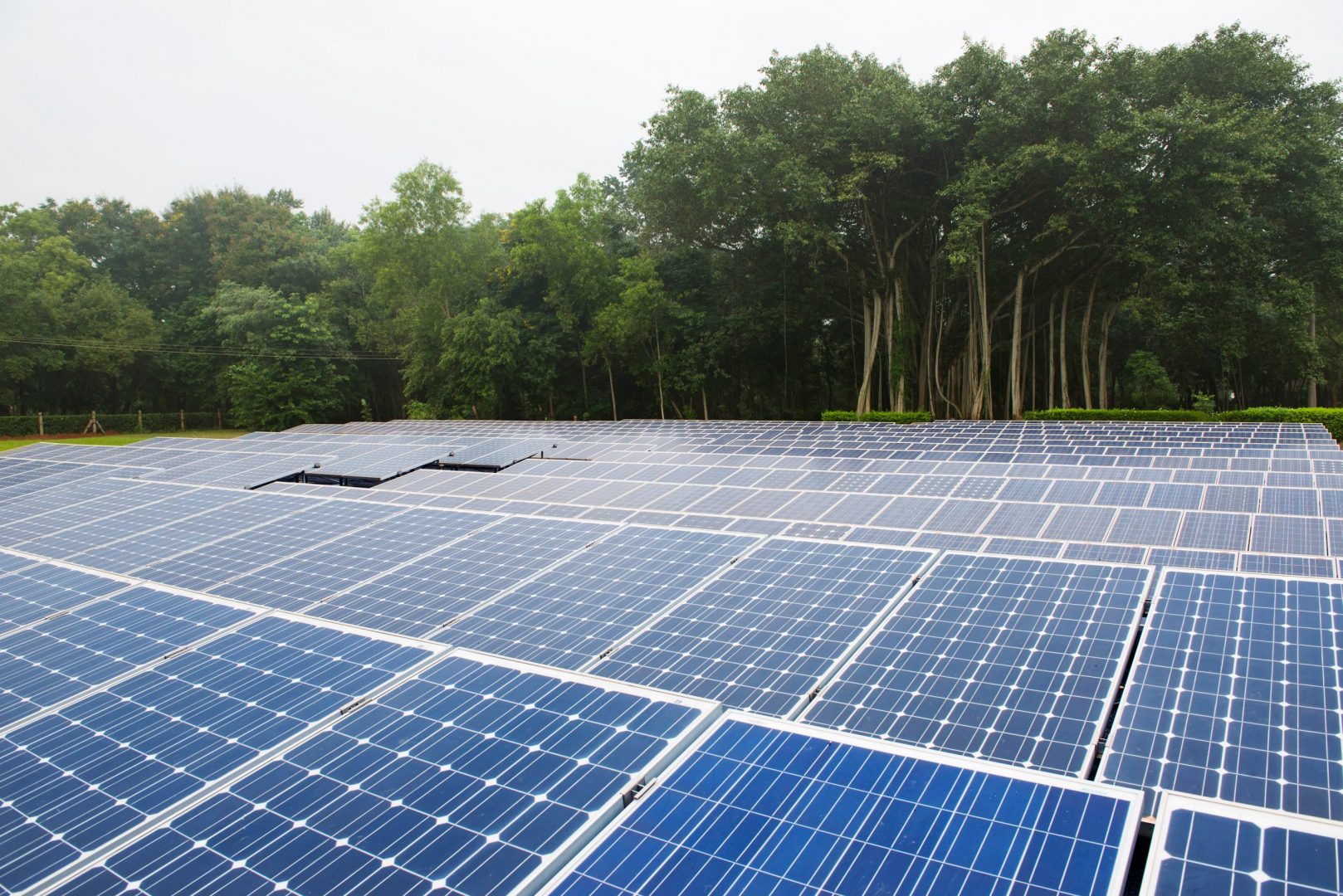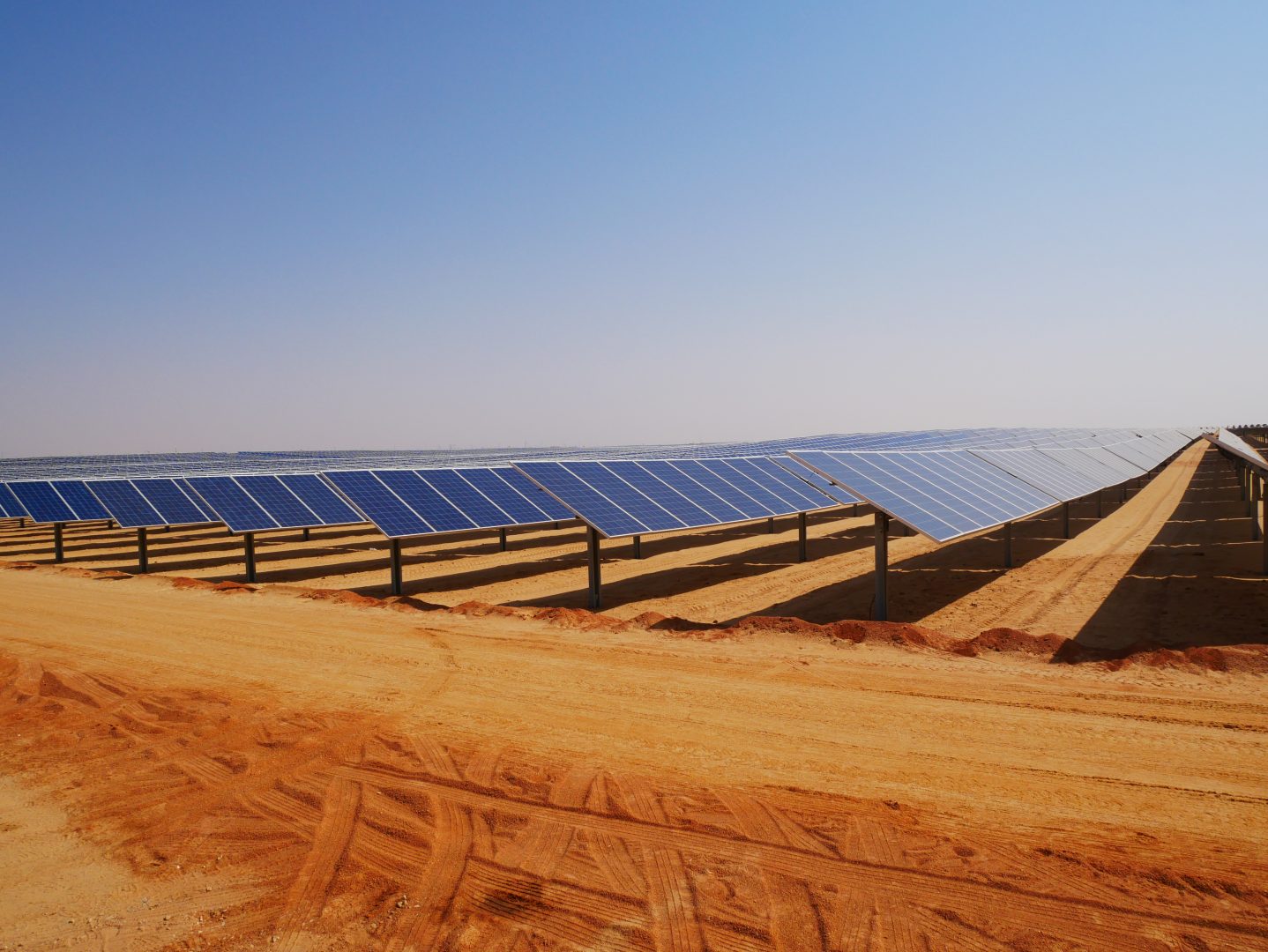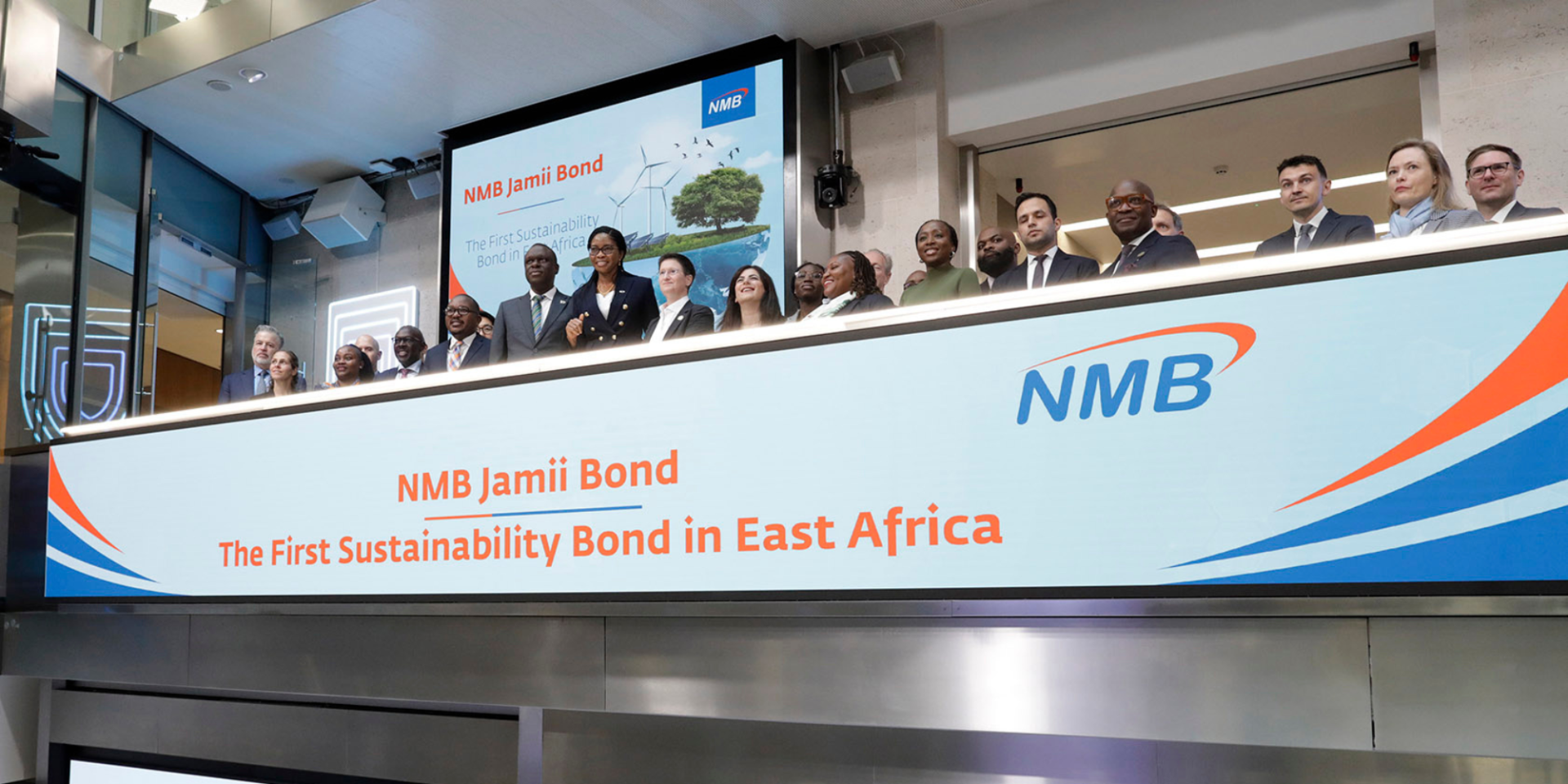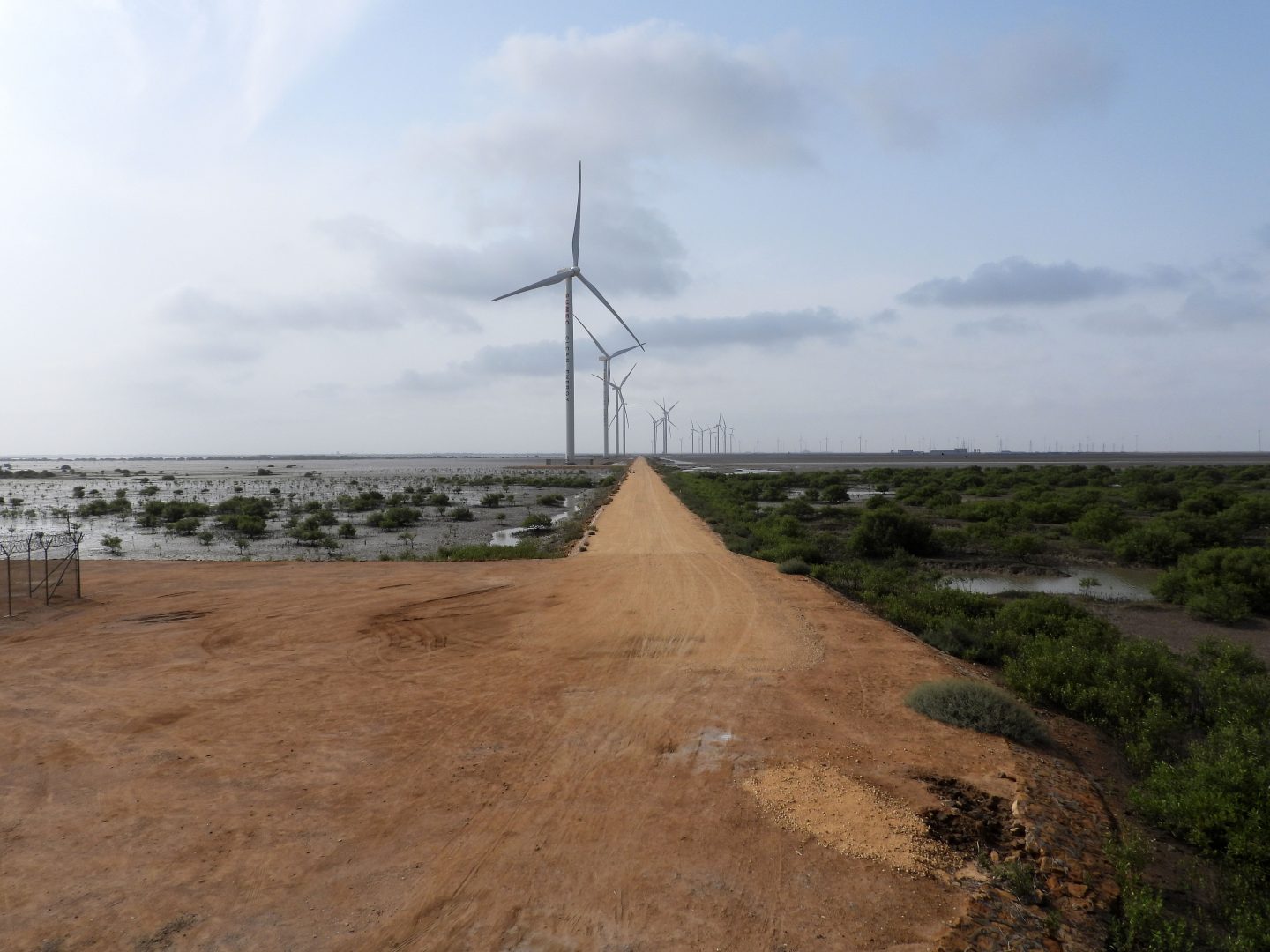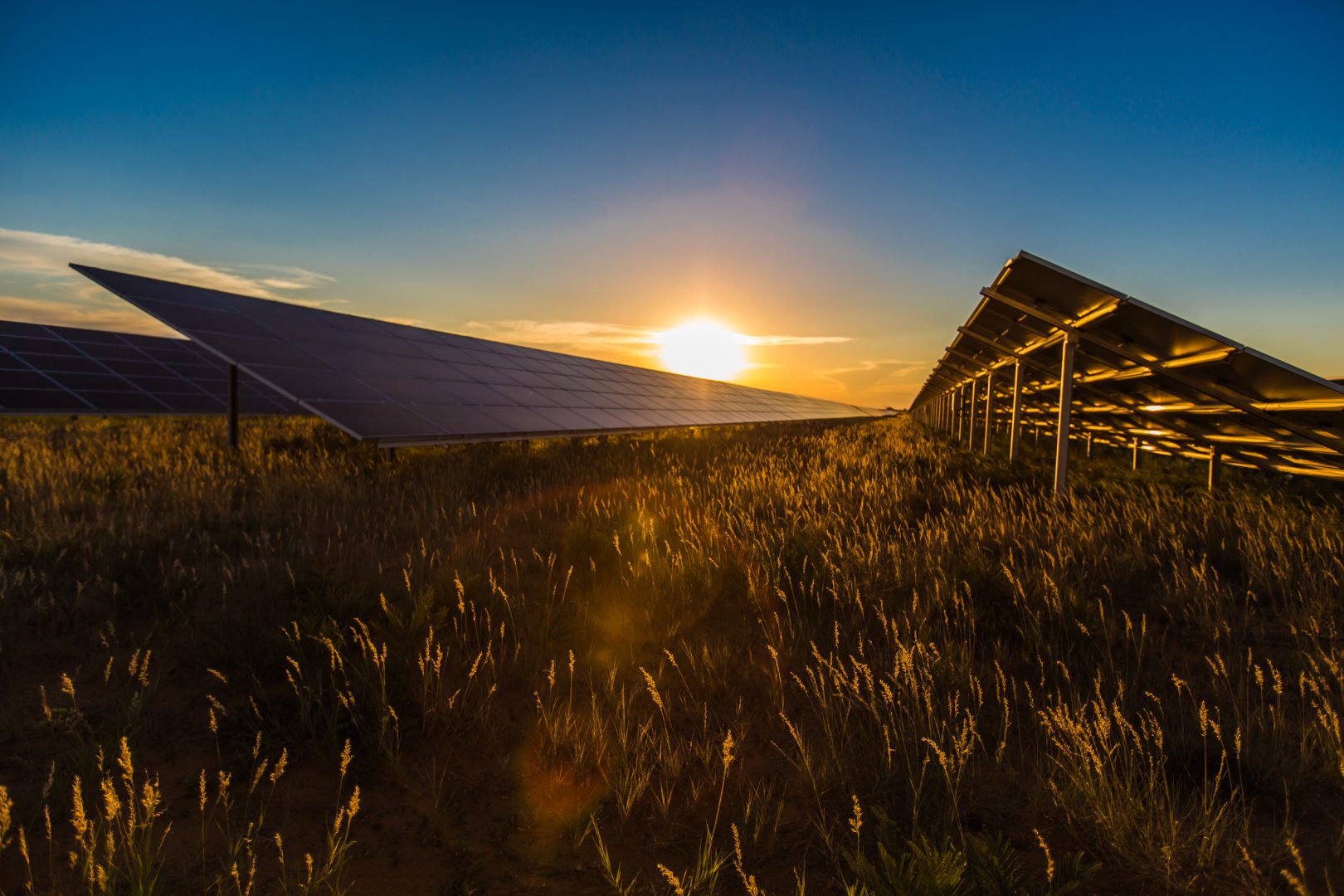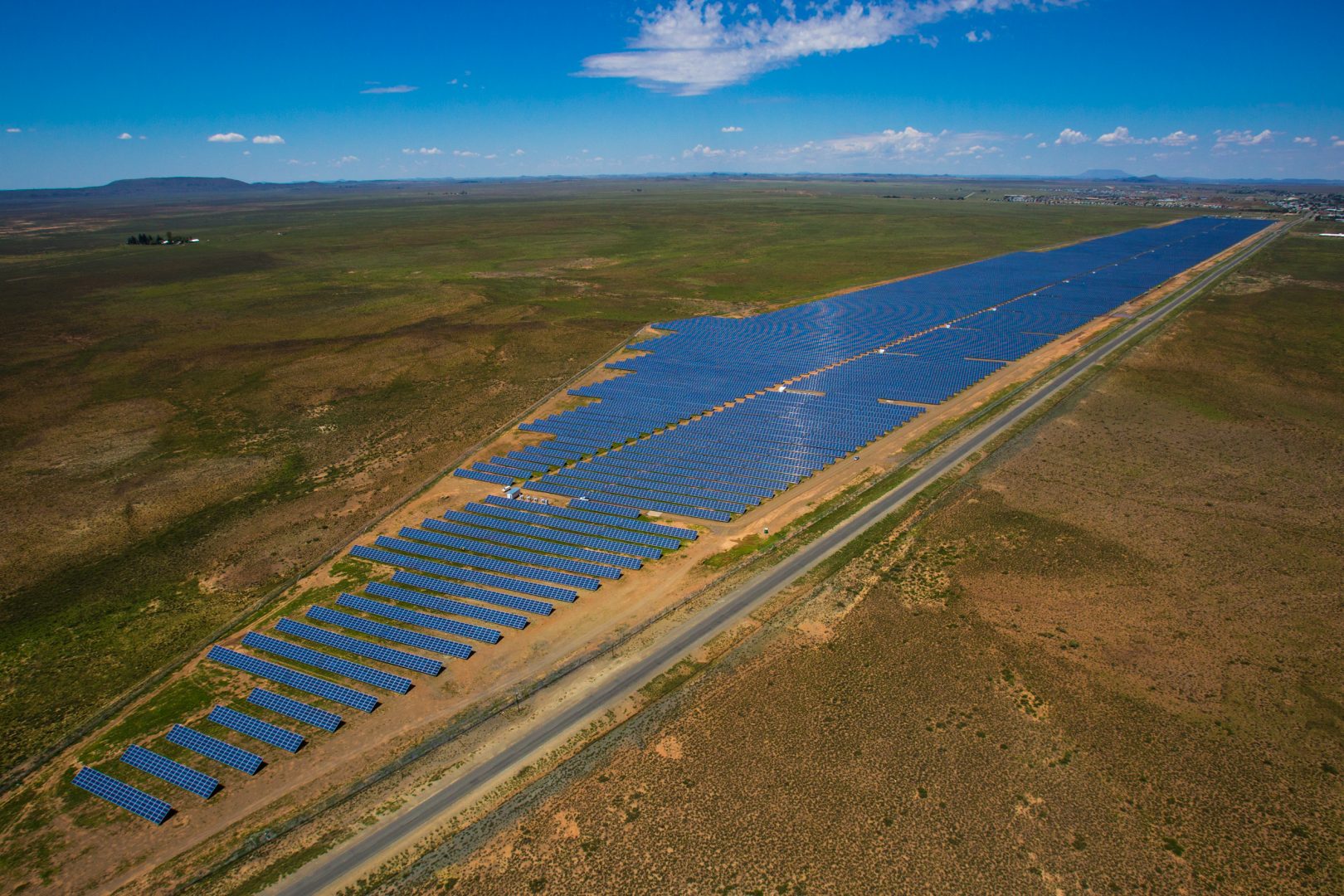This article was originally published by Business Day – you can read it here.
In July this year, Lagos Island experienced some of its worst floods in recent years. Commuters were stuck in traffic, wading through knee-deep rainwater, past abandoned vehicles and businesses, as the city ground to a halt.
This is not an unusual occurrence in Africa’s largest megacity; reports of flooding in Lagos date back to at least 1947, with floods described as widespread in the 1970s1, and have in recent years risen in frequency and severity. This is partly because nearly 30% of Lagos state is covered by water and wetlands – its low-lying position being less than two metres above sea level and heightening the city’s exposure to coastal and fluvial floods. Additionally, poorly planned and maintained infrastructure leaves Lagos exposed to the elements.
One of the most pervasive truths of the climate crisis is that it hits lower-income households and communities in precarious or informal settlements in the severest ways. Transnational corporations and large firms can manage the impact of natural hazards with the help of insurance plans, but recovery from flooding is much more challenging for poor and marginalised segments of society.
Beyond the destruction of properties and disruption to businesses, climate change affects all of society, exacerbating conflicts, affecting health, and impeding sustainable growth. For example, during floods in Lagos, drainage carrying raw sewage and solid waste overflows in many areas, polluting water sources and often causing the spread of water-borne diseases.
The economic implications are multifaceted, with the total economic loss across the state estimated at US$4 billion a year – the equivalent of 4.1% of the state’s GDP or 1% of national GDP – due to flooding alone.
A study conducted by the UK Government documents Nigeria’s escalating cost of climate change activities, estimating a minimum loss of N38trillion (about US$100 billion) annually by 2050. This raises an unequivocal call to reimagine Lagos’ infrastructure – increasing focus on how climate-resilient infrastructure can boost the productivity of one of the fastest-growing cities in the world.
The planned construction of an 8.5km structural defence from the coast known as ‘the Great Wall of Lagos’, designed by Royal Haskoning, is expected to shield Victoria Island and Eko Atlantic from flooding. This is one of Nigeria’s most visible and anticipated interventions to counter coastal flooding – but this is not enough.
Strategic high-impact urban infrastructure is imperative
In cities like Lagos, we need to think ‘water first’ when reimagining infrastructure. To sustainably overcome legacy issues such as water and waste pollution, congested streets, and gridlocked traffic, we need to combine innovative climate-smart solutions and infrastructure to help upgrade the quality of life, the environment and stimulate progressive industries.
Ground-breaking projects are gaining ground in the market. Water transport is an emerging industry in Lagos that uses waterways to get customers across the city quickly. Unfortunately, waterways are substantially under-utilised; therefore, a government agency with a mandate to develop water transportation, Lagos State Waterways Authority (LASWA), is exploring efforts to license new operators of safe and standardised boats for water transit. LASWA is also building jetties to boost the number of passengers. Success will however be contingent on LASWA’s ability to secure investments that improve accessibility and mobility for local communities.
Further afield, 50 of Lucid Energy’s Lucid Pipes have been installed in the City of Portland in Oregon, United States. The micro-hydropower technology generates electricity from drinking water networks using specially designed in-pipe turbines and now produces 1,100MWh of electricity annually – enough to power roughly 150 homes.
This is one example illustrating the opportunity for adopting innovative technology to a specific context, to help overcome seemingly insurmountable infrastructure challenges, particularly in cities that are vulnerable to climate change. However, embedding innovative infrastructure technologies in African cities requires investment instruments that support nascent markets and build more inclusive and sustainable economies.
A new wave of finance
With financing of the water sectors majorly sourced from the public sector, the water infrastructure gap is the greatest among any infrastructure sector across the continent, costing US$56-66 billion per year.4 Due to funding requirements and general perceptions of high risk, the private sector has not been prepared to invest in many projects over the years.
By reimagining Nigeria’s water infrastructure challenge, impact investors with catalytic capital, such as CDC Group, can play a progressive role in developing financial models and risk management strategies to support profitable investments for commercial partners.
Detailed financial modelling – considering key factors such as material selection, contractor selection, and technology adoption – is required to analyse the cost-benefit of implementing these sustainability measures into project design and delivery. Succeeding at this could make Nigeria an example of engineering policy and practices that improve the conditions for creating and maintaining sustainable infrastructure.
Kinetic and Greenovate are just two recent CDC initiatives that can help tackle the challenges associated with climate change and catalyse transformational impact in Nigeria. Kinetic can help deliver climate-focused funding to support novel technological solutions in cases where commercial investors may otherwise hesitate to invest. While the Greenovate project finance instrument can offer flexible funding in priority sectors such as new clean energy technologies, water access, sanitation, and hygiene.
Even as world leaders gather for the UN Climate Change Conference of the Parties (COP26) in Glasgow, the impact of climate change is already accelerating in Nigeria and across many African nations. Now is the time to put words into action and place climate resilience at the core of Nigeria’s development ambition.
In facing this great climate challenge, Nigeria can be defined by its ability to adapt infrastructure, businesses, jobs, and communities to the changes occurring throughout the environment. Achieving these objectives necessitates a purposeful, holistic and commercially viable investment strategy that includes local stakeholders, industry initiatives, technology transfer, and resolute infrastructure and environment policies.
We must act on solutions that fortify the country’s development plan to build an optimised and inclusive quality of life for Nigerians – creating, inclusive sustainable and productive economic prosperity for all.




